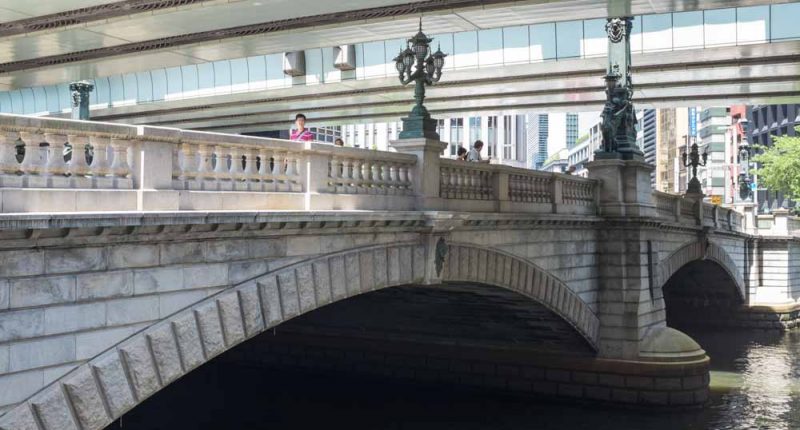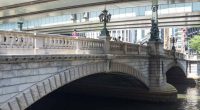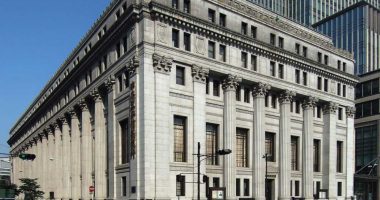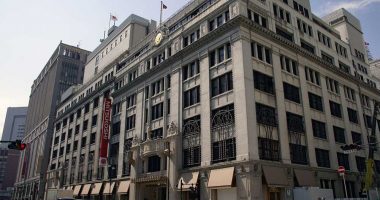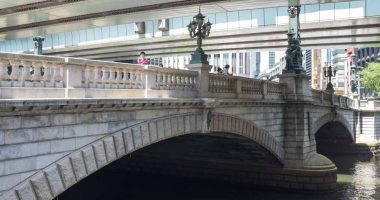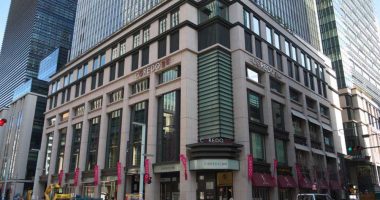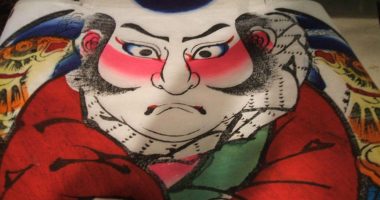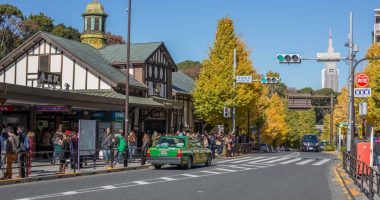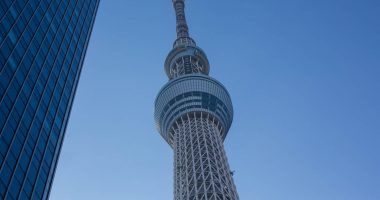If you had to mark the heart of Tokyo, and thus the heart of Japan, a strong case could be made for Nihombashi (日本橋). In 1601 construction began on five routes that would ultimately connect the country and help the shogun maintain control over the outer provinces. The starting point of all five routes and thus the point from which all distances were measured was Nihombashi. Its position as Japan’s intersection had a profound effect on the development of the area: as the natural gathering point for merchants and travelers, commercial enterprises took root and Nihombashi began to play an increasingly important role in the spread of culture. In Japan, all roads truly do lead to Nihombashi.
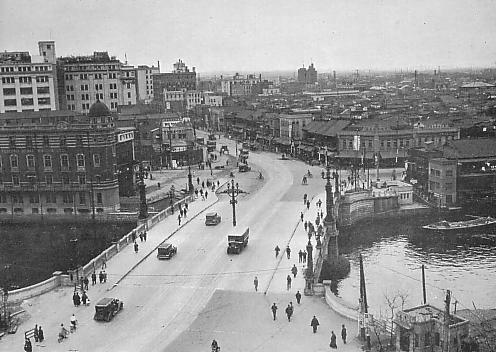
Today is it home to the central bank, Mitsukoshi department store, and many traditional shops, some of which have existed for centuries. The bridge itself (Nihombashi means “Japan bridge”) has been lost many times to the fires which have devastated the city over the centuries. The structure you see today has stood since 1911, having miraculously survived the air raids of the war. You can see a reconstruction of the original Nihombashi Bridge at the Edo-Tokyo Museum in Ryogoku.
